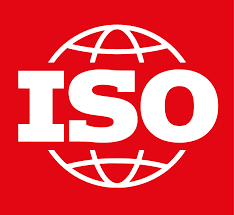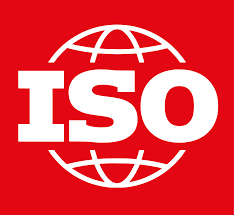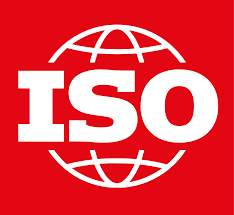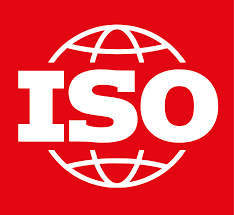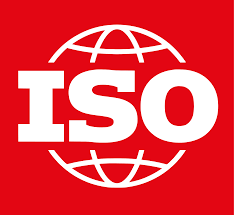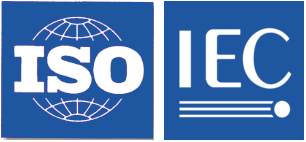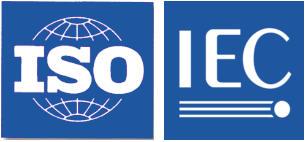Systems and software engineering– Systems and software Quality Require-ments and Evaluation (SQuaRE)– System and software quality models
Defines quality criteria
→ Functionality: Correct-ness, appropriateness, completeness
→ Reliability: Maturity, fault tolerance, recoverability
→Usability: Understandabil-ity, operability, learnability, robustness
→Efficiency: economic efficiency, behaviour over time, consumption pattern
→Maintainability: Analysa-bility, modifiability, stability, testability
→Portability: Adaptability, installability, conformity, replaceability
→Security: integrity, confidentiality, authenticity, accountability, non-repudiation
→Compatibility: interoperability (can be used to draw up the specification and test cases

